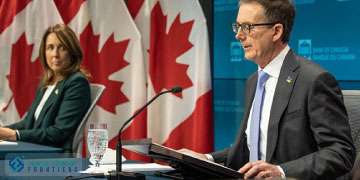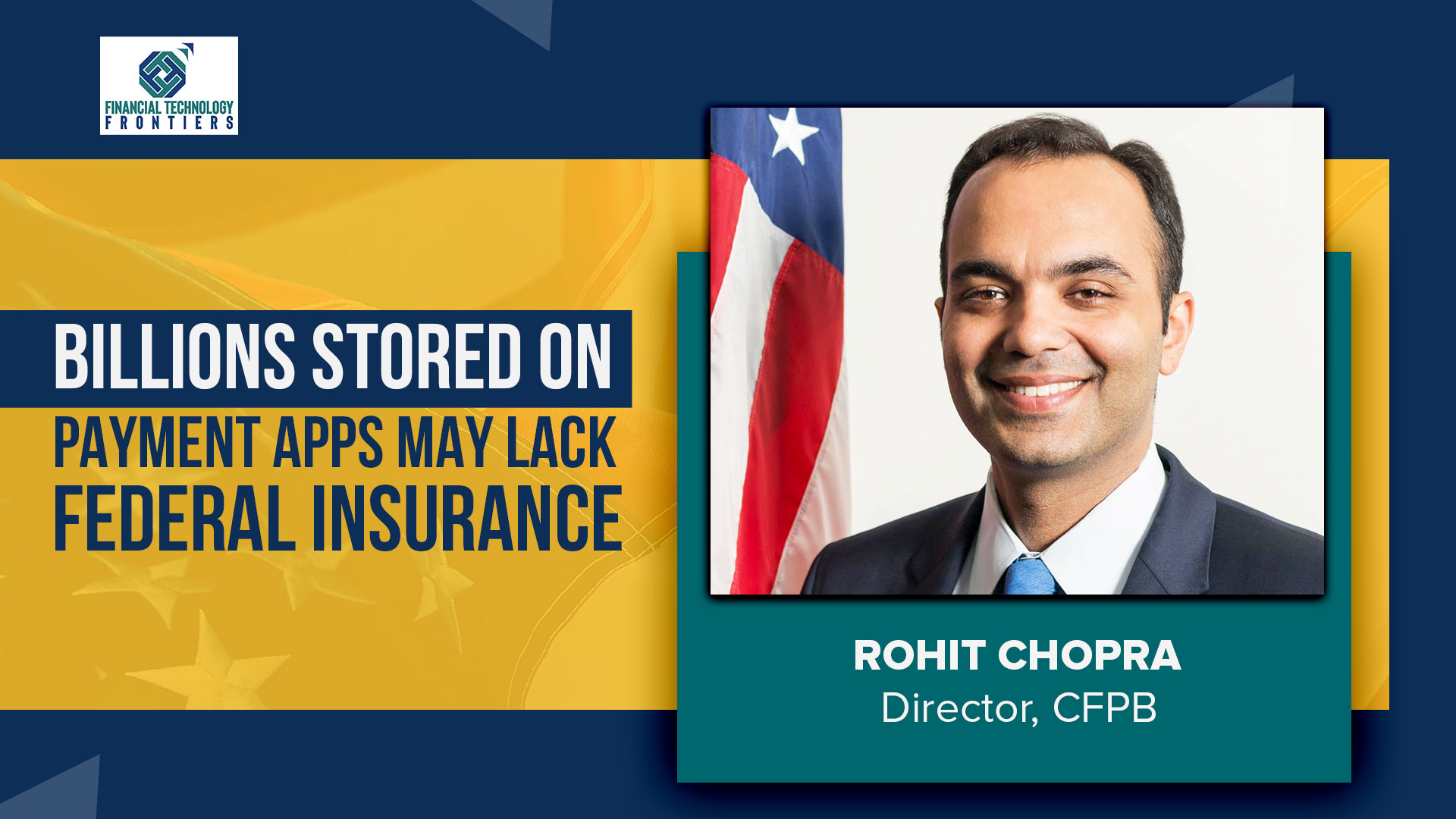
“If economic developments evolve broadly in line with the forecast, we expect to hold the policy rate at its current level while we assess the impact of the cumulative 425-basis-point increase in our policy rate. We have raised rates rapidly, and now it’s time to pause and assess whether monetary policy is sufficiently restrictive to bring inflation back to the 2% target,” said
Tiff Macklem, Governor of the Bank of Canada at the press conference following the release of the Monetary Policy Report. “At our last two policy decisions, the Governing Council said we would be assessing how tighter monetary policy is working to slow demand, how supply chains are evolving, and how inflation and inflation expectations are responding. These assessments, together with our revised forecast, were important inputs into our policy decision.
Recent data suggest the restrictive stance of monetary policy is dampening household spending, particularly on housing and big-ticket items. But economic growth and employment in the second half of 2022 were stronger than we expected. And so, excess demand in the economy has persisted, putting continued upward pressure on prices. Simply put, our overheated economy did not cool as much as we expected,” the Governor added.
He said that global supply chains are resolving more quickly than expected. While they are not yet back to normal in Canada, there is substantial progress. Consumer price index (CPI) inflation declined to 6.3% in December, reflecting lower global energy prices and some moderation in the prices for durable goods as supply improved and demand softened. Lower gasoline prices are welcome, but prices of essentials like groceries and rent continue to increase too quickly.
Measures of core inflation have also been stuck at about 5%. With 3-month rates below year-over-year increases, core inflation will likely start to come down in the months ahead. Still, core inflation needs to continue to decline for total CPI inflation to get back to the 2% target.




